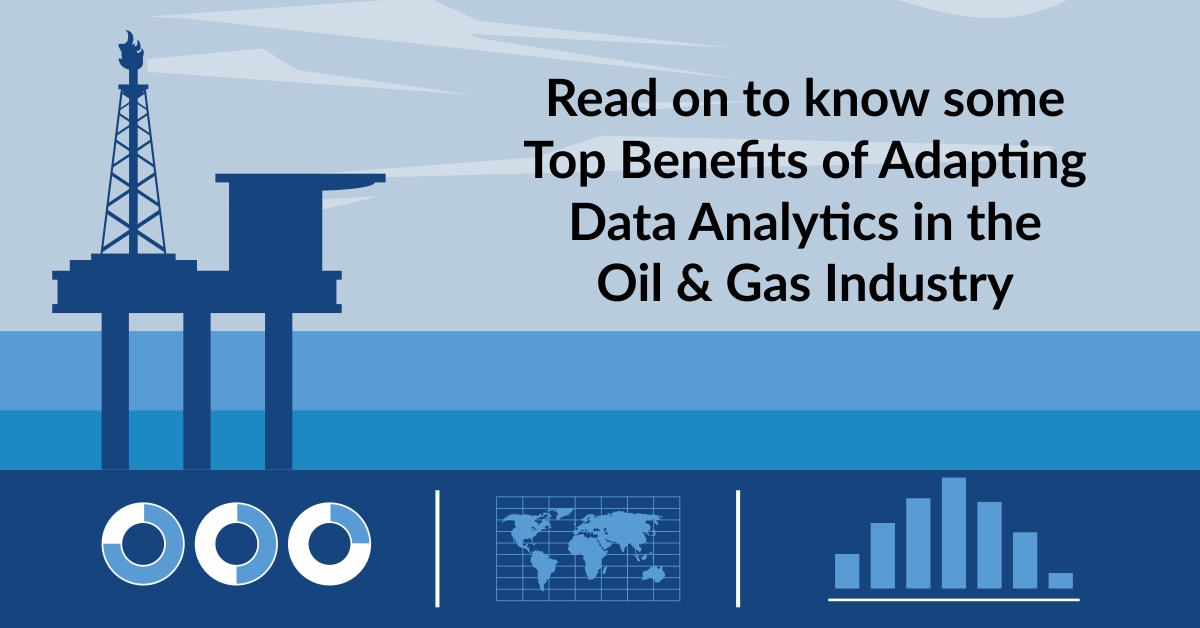Oil and gas companies have always been data-driven organizations. Making critical decisions promptly has necessitated collecting and analyzing large amounts of data. The amount of generated data has exploded in recent years, thanks to the proliferation of sensors and connected devices. This has created new opportunities to use advanced analytics in oil and gas industry, improving their operations. In this blog post, we will discuss how advanced analytics can be used to improve upstream, midstream, and downstream operations in the oil and gas industry.
What Is Advanced Analytics?
Advanced analytics is a term that encompasses a wide range of analytical techniques, including machine learning, artificial intelligence, predictive modeling, and optimization. These techniques can analyze data generated by sensors and connected devices to identify patterns and trends. This information can then be used to make predictions about future events or optimize operations in real-time.
How Can Advanced Analytics Improve Oil And Gas Operations?
1. Upstream Operations:
The upstream sector of the oil and gas industry includes activities such as exploration, drilling, and production. Advanced analytics can improve these activities in several ways. For example, predictive modeling can forecast where new reserves are likely to be found. In addition, machine learning algorithms can optimize drilling operations in real-time, reducing the number of broken drill bits and the time it takes to complete a well.
2. Midstream Operations:
The midstream sector includes activities such as transportation, storage, and refining. Advanced analytics can be used to improve these operations in many ways. For example, optimization algorithms can be used to plan the most efficient routes for pipelines and tanker trucks. In addition, machine learning algorithms can monitor pipeline operations in real-time, identify potential problems, and prevent leaks before they occur.
3. Downstream Operations:
The downstream sector includes marketing, distribution, and retail sales. Advanced analytics can be used to improve these activities in several ways. For example, predictive modeling can forecast demand for different products in different regions. In addition, machine learning algorithms can optimize inventory levels in real-time, reducing the need for costly storage facilities.
The Future Of Advanced Analytics In The Oil Industry
The oil and gas industry is undergoing a digital transformation. Connected devices and sensors are generating huge amounts of data, and advanced analytics is being used to improve operations in all industry sectors. In the future, advanced analytics will become even more important as oil and gas companies seek to gain a competitive edge.
The data from advanced analytics can help oil and gas companies improve their operations in various ways. However, it is important to note that the data must be used correctly to be effective. Data-driven decision-making requires close collaboration between data scientists and domain experts. They can ensure that the right decisions are being made only by working together based on the data.
The Bottom Line:
Advanced analytics is transforming the oil and gas industry, and there is no doubt that it will continue to do so in the future. As data becomes more plentiful and accessible, we can see even more advances in upstream, midstream, and downstream operations. With advanced analytics, oil and gas companies will be able to optimize their operations in real-time, reducing costs and increasing efficiency.
